The ‘Red Terror’ went into overdrive in August 1918 when Lenin was shot and seriously wounded. The attack occurred on the same day that Chairman of the Petrograd Cheka, M.S. Uritskii, was assassinated and accounts of who was directly responsible have been questioned and debated ever since. Vladimir Lenin had just finished a major speech to the workers at the Mikhelson factory in Moscow when three shots were fired at him through the crowd. Soviet historians and show trial records blamed Fania Kaplan, a Ukranian-Jewish revolutionary, but no-one actually saw her fire the gun. [1] Nor was she clearly associated with the socialist revolutionaries. The firearm was never found, but Fania was executed as an attempted assassin and counter-revolutionary. Like many an alleged assassin before and after the attempt on Lenin’s life, Fania was presumed guilty and removed permanently before evidence could be presented in court.
Other claimants implicated Robert Bruce-Lockhart, Milner’s personal agent at the heart of the revolution, and the British Consul General in Moscow, who was arrested in his flat and imprisoned in the Kremlin. Allegations about his involvement in a plot to kill Lenin were strengthened by his son, who later revealed in a 1967 letter to the foreign office in London that his father’s work with counter-revolutionaries at that time was far more extensive than was ever admitted. [2] What we do know is that the Bolsheviks agreed to exchange Lockhart and other Moscow staff for his London counterpart Maxim Litvinov [3] in October 1918. [4] Typically, the foreign office files on Lockhart remain largely secret one hundred years after these significant events. Sadly we still cannot be trusted with the truth.
But the recriminations and blood-letting reached horrendous levels. Anyone deemed to be a counter-revolutionary was at risk of summary execution. The numbers who were slaughtered have been estimated in the millions, but no one counted. The treatment of Russian citizens accused of any ‘crime’ by the Cheka was truly medieval. Hundreds of thousands of innocents suffered barbaric forms of torture, all of which was carried out with the full knowledge and support of Lenin and Trotsky.
The horrors of the infamous forced labor camps across Russia, as later exposed to an unsuspecting world by Alexander Solzhenitsyn in his masterwork, The Gulag Archipelago, stemmed from his personal experience in the 1920s. [5] Millions died in mass famine or were shot in repeated massacres. All the while, the international bankers who had funded and enabled this savagery enjoyed their spoils.
Around the same time the Wilson administration sent 700,000 tons of food to the Soviet Union. It was not Christian charity. The U.S. Food Administration, which handled this giant operation, made handsome profits for the commercial enterprises that participated. It was, of course, headed by Herbert Hoover and directed by Lewis Lichtenstein Strauss, married to Alice Hanauer, daughter of one of the partners of Kuhn, Loeb & Company. Like the British ruling class, inter-family relationships inside banking elites were labyrinthine. International profiteers grew fat on Bolshevism. Standard Oil and General Electric supplied $37,000,000 worth of machinery to the new regime. Possibly three million slave labourers perished in the icy mines of Siberia digging ore for the British-registered Lena Goldfields, Ltd. Averell Harriman, the American railroad magnate, who became Ambassador to Russia in 1943, acquired a twenty year monopoly over all Soviet manganese production. [6]
The totalitarian power-brokers of Bolshevism acted in partnership with, and were beholden to, the international bankers. They robbed Russia of its gold and diamonds in return for bountiful supplies of weapons with which they controlled and slaughtered the masses. Ironically, weapons that had deliberately been denied the Czar in 1917 and could have ended the war that year, were traded freely after he abdicated. International legislation which had been constructed to prevent the transfer and sale of hundreds of tons of looted Russian gold bullion and coins was easily overcome. Much of it was sent to Stockholm where it was smelted down and reconstituted into bars set with the Swedish stamp. It became little more than a post-war reversion to the blockade avoidance schemes which prolonged the First World War. Stockholm enjoyed a gold-laundering boom on an unprecedented scale. ‘The Bolsheviks were in business.’ [7]
Desperate for weapons, they sold gold and diamonds on the international markets at knock-down prices to fund armaments to put down civil strife against their tyranny. The Russian Civil War is beyond the scope of this book, but suffice to say that two years after seizing power, the heavily-armed Bolsheviks emerged victorious. The cost was counted in millions of dead and wounded, in broken families and a subjugated people.
By 1920 they reigned supreme over a devastated and completely bankrupt country. The pre-war population of Petrograd had been reduced by four fifths, with the emaciated twenty per cent that remained barely surviving. Moscow suffered in like fashion. Trams and trolleys stood still; epidemic disease was rampant and the suffering people found little solace in the hospitals because the doctors and nurses were dying too. The policies of War Communism reduced the Russian people to nearly prehistoric conditions of scavenging to avoid widespread starvation. [8] Estimates of 60,000,000 Russians dying through starvation or execution in this grotesque experiment in social control were almost certainly conservative.
Although they did not interfere with the National City Bank of New York’s branch in Petrograd, the Bolsheviks opened the first International Bank of Foreign Commerce, the Ruskombank. It was not owned and run by the state as directed by Communist theory, but underpinned by a syndicate of private financiers. These included former czarist bankers and representatives of German, Swedish, British and American banks. Most of the foreign capital came from England, including the British government itself. The Director of the Foreign Division of the new Bolshevik bank was Max May, Vice President of Morgan’s Guaranty Trust. [9] Olof Aschberg, the Swedish agent who had facilitated Trotsky’s return, and much else, was placed in charge. [10] Assured of financial and political backing from abroad, the Bolsheviks and their capitalist allies proceeded to carve up Russia.
On joining Ruskombank, Wall Street banker Max May stated that the United States would be greatly interested in exporting its products to Russia, taking into consideration the vast requirements of the country in all aspects of economic life. The bank was, according to May, ‘very important and would largely finance all lines of Russian industries’. The Bolsheviks issued a steady stream of non-competitive contracts to British and American businesses owned by the Secret Elite. Loans were paid in gold, including the Czarist government’s sizeable reserve which was shipped primarily to America and Britain. In 1920 alone, one gold shipment went to the U.S. through Stockholm valued at 39,000,000 Swedish kroner. Three shipments went directly to New York comprising 540 boxes of gold valued at 97,200,000 gold roubles. These were at 1920 values. The shipments were coordinated by Kuhn, Loeb & Company and deposited by Morgan’s Guaranty Trust. [11]
One of the greatest myths of contemporary history is that the Bolshevik Revolution was a popular uprising of the downtrodden masses against the hated Czars. The sheer weight of history has proven that a lie. Certainly, the planning, the leadership, and especially the finance came entirely from outside Russia, mostly from bankers in Germany, Britain, and the United States. Evidence of the role played by international bankers in both the February and October revolutions in Russia has been laid before you, and although it would appear that the Rothschilds placed no great part in them, G Edward Griffin believed that ‘The Rothschild formula played a major role in shaping these events.’ [12] Do not dismiss Griffin out of hand.
1. Semion Lyandres; The 1918 Attempt on the Life of Lenin, Slavonic Review, vol. 48. no.3 pp. 432-448.
2. http://news.bbc.co.uk/1/shared/bsp/hi/pdfs/18_03_11document.pdf
3. National Archives FO 370/ 2320, file 131.
4. The Times 18 October 1918, p.6
5. Alexander Solzhenitsyn’s masterwork, The Gulag Archipelago, was written between 1958-68 and was published in the West in 1973. Originally in three parts his expose of the Soviet Forced Labour system was drawn from eye witness accounts, primary documents and his own experience.
6. G. Edward Griffin, The Creature from Jekyll Island, p. 293.
7. Sean McMeekin, History’s Greatest Heist, p. 136.
8. Ibid., pp. 138-139.
9. Anthony Sutton, Wall Street and the Bolshevik Revolution, p. 63.
10. Ibid. p. 57.
11. U.S. State Dept., Decimal File, 861.51/815, 836, 837, October, 1920. Also Sutton, Revolution, pp. 159-60, 165.
12. G. Edward Griffin, The Creature from Jekyll Island, p. 263.


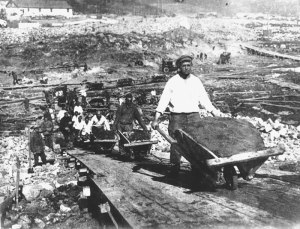

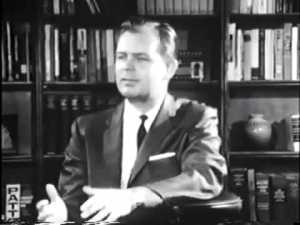
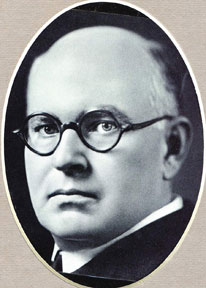
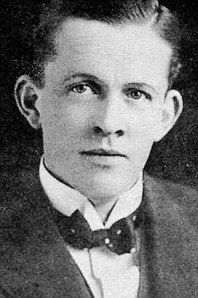
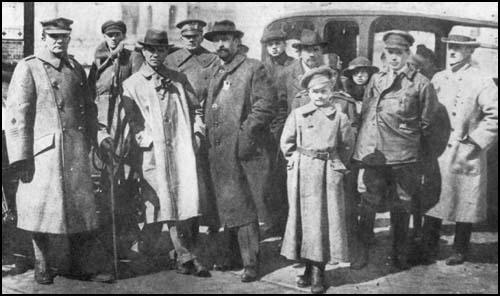
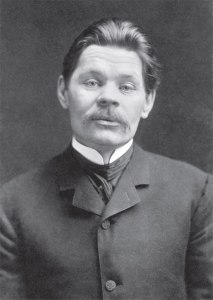
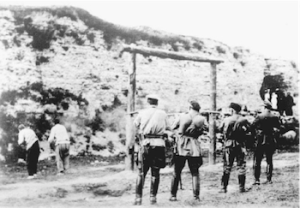





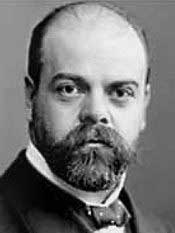



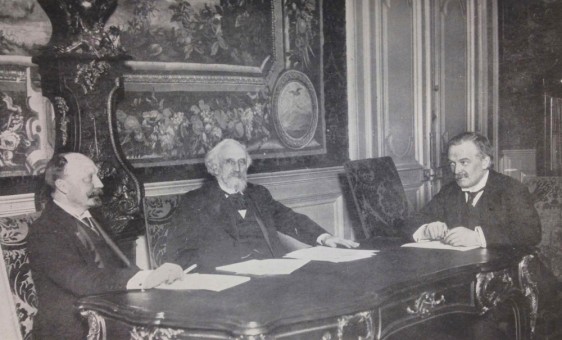
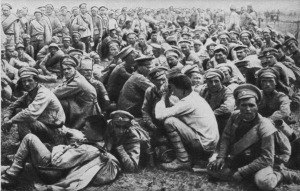




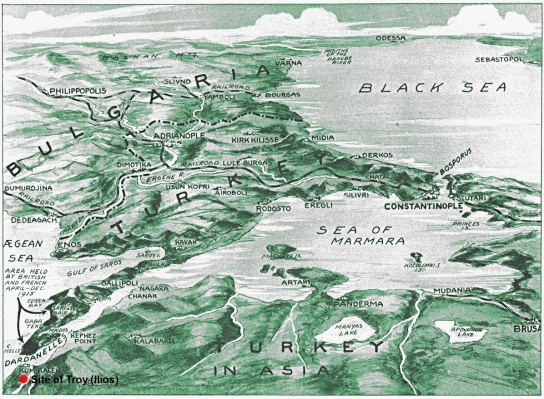
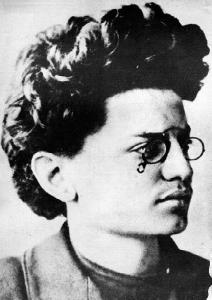








You must be logged in to post a comment.